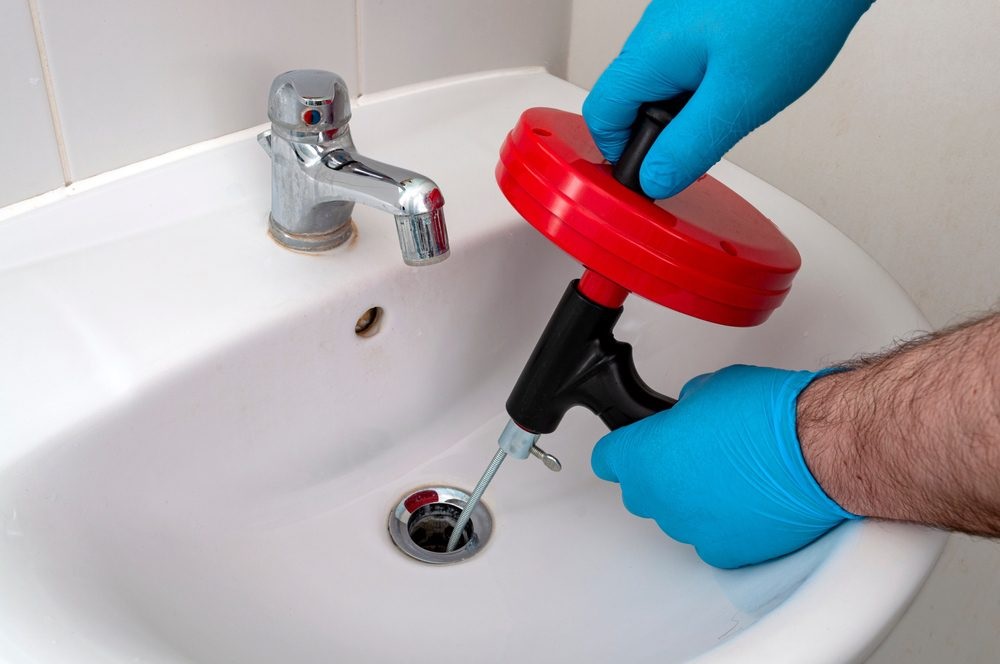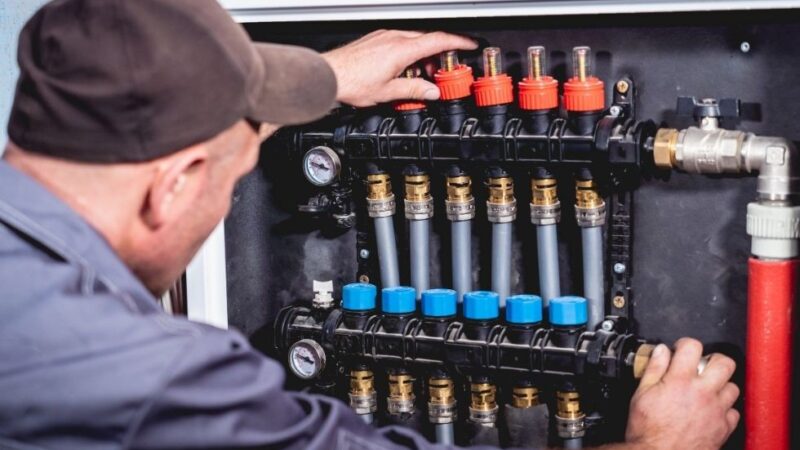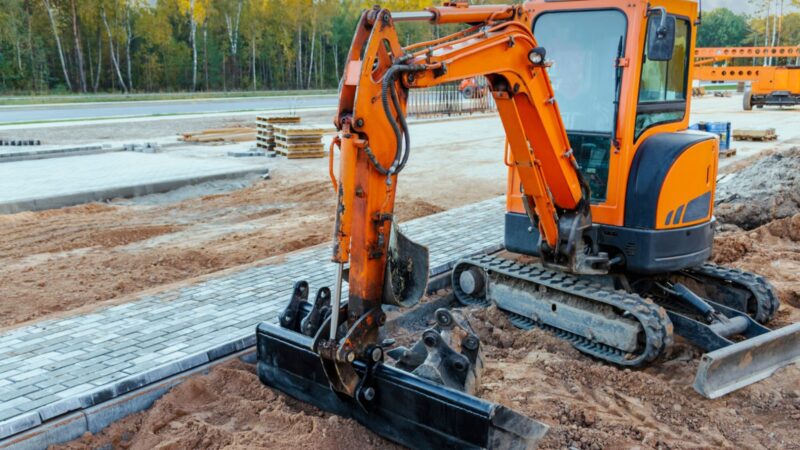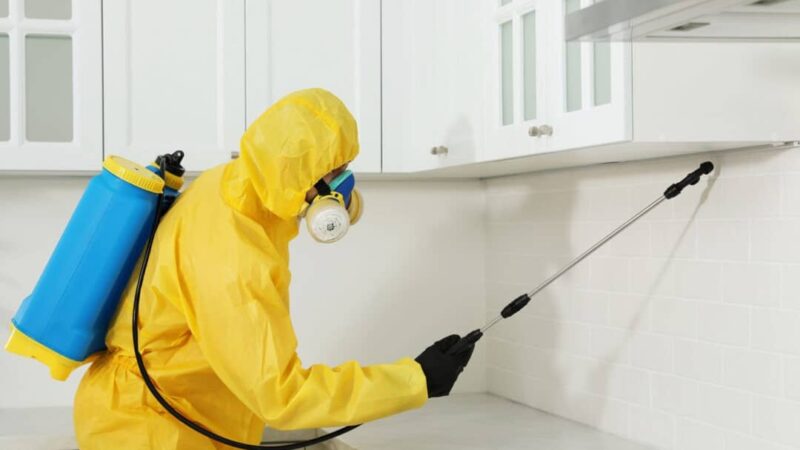Having low water pressure in your home is extremely frustrating. Whether it’s struggling to take a decent shower or waiting forever for the sink to fill up, low pressure makes daily tasks more difficult. Luckily, there are several ways you diagnose and address low water pressure problems on your own before calling a plumber.
Check your water meter
Start by locating your home’s water meter. Most of the time, it is found in a box or concrete cavity near the street. The meter should have a flow indicator on it – often a small red or black triangular dial. Turn on a faucet in your house and check the flow indicator on the meter. If it’s not spinning very fast, that indicates low flow through the meter. Slow flow means there’s some type of blockage or restriction between the water main and your plumbing.
Inspect your pipes
Low pressure may be caused by corroded galvanized pipes or accumulated sediment and minerals inside the pipes. Check under sinks and in the basement or crawlspace for signs of corroded, leaky, or cracked pipes. Corroded steel pipes tend to turn reddish-brown from rust. Tiny pinholes in copper pipes also indicate corrosion. Does your plumber have prior experience replacing damaged pipes?
Check for kinks in hoses
Inspect the water supply hoses that connect to appliances like washing machines and dishwashers. If the hoses are tightly kinked, bent, or twisted, this restricts water flow. Straighten any kinked hoses to remove the restriction. Consider replacing old rubber supply hoses with newer braided stainless steel hoses that resist kinks.
Flush your water heater
Annual flushing of your water heater clears out sediment that builds up inside the tank over time. Follow the manufacturer’s directions to drain and flush the tank. Flushing may help improve pressure by removing blockages.
Check for leaks
Leaks in pipes, joints, valves, or fittings allow water to escape, contributing to lower pressure. Check pipes for small dripping leaks and listen for running water inside walls. Repair any leaks found to maximize your water pressure.
Call a professional plumber
If you’ve checked for common issues and the low pressure persists, it’s time to call a professional plumber Bondi . They have specialized tools and expertise for diagnosing and fixing complex pressure problems. A plumber checks the following:
- Main water supply valve – Valves get clogged with mineral deposits over time. A plumber cleans or replaces a malfunctioning valve.
- Pressure regulator – This device controls water pressure entering your home. If it’s faulty, a plumber adjusts or replaces it.
- Well pump and tank – For homes on well water, the pump and storage tank may need service. A plumber checks flow rates and adjusts the pressure switch if necessary.
Don’t tolerate frustrating low water pressure in your home any longer. Following these DIY tips first before calling a plumber potentially saves you money on repairs. But if the problem exceeds your abilities, rely on a professional plumber to get your home’s water pressure back to normal.








